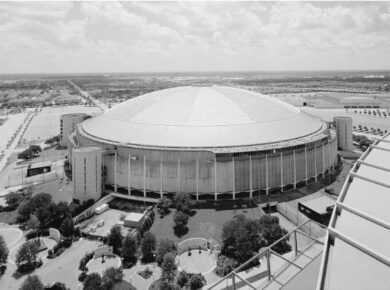Santiago Calatrava Valls is particularly known for his bridges supported by single leaning pylons, and his railway stations, stadiums, and museums, whose sculptural forms often resemble living organisms.
©photo-daylight.com
Often referred to as concrete-spined and glass-winged, his engineering-led architecture has become a very recognizable signature style. He often combines steel with concrete, whereby he makes wonderful use of the technical, but also sculptural, qualities of both materials. Calatrava is off course well known for his elegant bridges and canopies, but he also designed enclosed buildings. In Valencia, Calatrava has been given free rein with the commission to build the City of Arts and Sciences, a stunning cultural complex. It’s a vast expression of Calatrava’s sculptural skills.

Author: Nataliya Vaitkevich
During my time at Victor Buyck Steel Construction, I witnessed the importance of the dialogue between the artist (Calatrava) and the structural steel-engineer (Hoeckman & his team) who had to translate the sketches / drawings into a technical feasible solution. Calatrava was not only an architect, he was also a brilliant engineer and therefore very self-assured about the structural solutions that he proposed. His knowledge of engineering convinced him of the feasibility of his choices. You had to be very brave to convince him that certain details or connections were not technically feasible.

©James Ewing
About the Author:

Bruno Dursin – Managing Director at Believe in Steel. Bruno has more than 30 years of experience in promoting steel & steel solutions. His clients benefit from his extensive network within the building industry.





